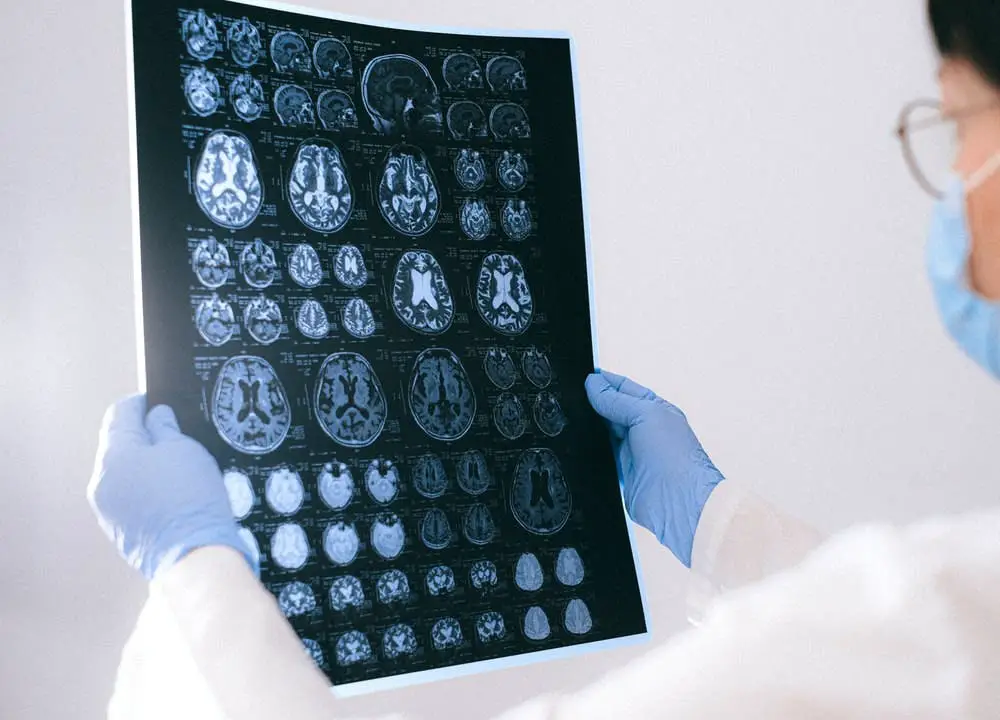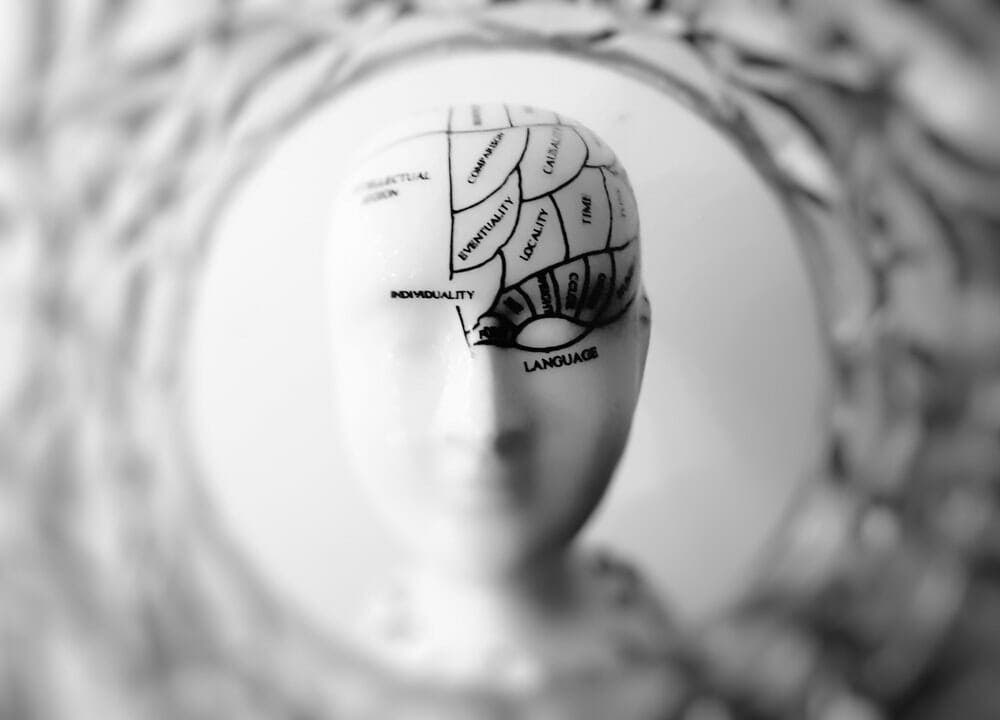Huntington’s disease is also known as Huntington’s chorea and it is an inherited disease that causes the wear and tear of nerve cells in the brain. Symptoms usually do not appear until after the age of 30 or 40, and people are already born with the gene for the disease.
What is Huntington’s disease?
This hereditary disease consists of the weakening or wear of some of the nerve cells of the brain. Although people are born with the Huntington’s disease gene, symptoms don’t appear until their 30s or 40s. It is a disease that has no cure or specific treatment. The deterioration of the organism occurs gradually and begins with isolated tremors in the extremities, uncontrolled movements, balance problems and clumsiness. In the more advanced stages of the disease, patients are unable to recognize the people around them and eventually stop walking, talking, and swallowing.

Although it is a hereditary condition, there is only a 50% chance of having the disease if one of the parents has it. To know whether or not you have the gene, it is necessary to do a blood test to detect the gene and to know if the disease will develop. It should also be noted that, even if the gene is present, there is still a chance of not developing Huntington’s.
There are two forms of Huntington’s disease. The most common of these two is the appearance of it in adulthood, with the first symptoms of it between 30 and 40 years. There is also a rarer form of the disease, in which symptoms appear during childhood or adolescence.
Causes of Huntington’s disease
This disorder appears due to a defect in chromosome 4. This causes a part of the DNA to repeat itself more times than it should be; This defect is called AGC repetition. Normally, in this section of DNA the repetition occurs between 10 and 28 times; with the Huntington, the repetition can go from 36 to 120 times.
The problem with Huntington’s is that, since a direct transmission from parents to children occurs, the repetitions are increasing. Hence, the children of Huntington’s patients have even higher repetitions, which translates into greater chances of developing Huntington’s disease at an early age. When the Huntington gene is received directly from a parent, the chances of developing the disease are 50%; this percentage of transmission is maintained if, at the same time, they have children.
In contrast, when the disease is not inherited (in rare cases), the children of the primary patient would not receive the gene. And is that although Huntington is usually hereditary, there is the possibility of getting sick without having to receive the gene from either parent. These cases are incredibly rare and isolated. Cases in which there is no family history are called de novo mutations, that is, the mutation in the gene occurs spontaneously.
Symptoms
As we anticipated, the symptoms of Huntington’s disease usually appear in the third and fourth decade of a person’s life with a 50% probability of inheriting the defective gene. If after this age the symptoms do not appear, the chances of developing the disease are considerably reduced. In cases where the disease appears spontaneously, it also occurs between these two decades of life.
Symptoms during childhood and adolescence appear when the gene has been transmitted constantly from parents to children. The grandchildren of a patient who develops Huntington’s disease at age 30, for example, are more likely to have the first symptoms at an early age. Hence, many Huntington’s disease patients decide that it is best not to have children.
The symptoms of this disease are very varied. For example, before movement and coordination problems begin, a person may experience antisocial behaviors, irritability and moodiness, hallucinations, paranoia, psychosis, or impatience. Later the common mobility symptoms would appear in this disease. Here we find:
- Rapid and sudden spasms in the upper and lower extremities, face, and other parts of the body
- Grimaces and facial movements
- Slow movements
- Inability to control movements
- Turn the head in order to change the position of the eyes
- Unstable gait

On the other hand, we find the symptoms of deterioration of the brain at a cognitive level, with dementia being the most common symptom and that, over time, worsens. With dementia comes not only loss of memory or the ability to discern; the Huntington’s disease patient also experiences disorientation and confusion, changes in personality and language (here the speech disorders begin to be noted). In addition to all of the above, people experience anxiety, stress, tension, and difficulty swallowing.
When the disease appears in children, symptoms that can be perceived include body stiffness, tremors, and slow movements.
Diagnosis and treatment
When there is a history of this disease in the family, it is possible to have diagnostic tests when reaching the age of 30 (if you want to know whether or not you have the gene and whether the disease will develop or not). Relevant studies can also be done before this age. Among the tests we find a blood test, as well as physical and nervous system examinations. This includes, in some cases, psychological tests and CT scans.
Huntington’s disease has no cure. There is no way to delay their appearance or the deterioration of neurons. The only thing that can be done is to control and reduce the symptoms; the main goal of the treatments that exist right now is to get patients to be able to fend for themselves for as long as possible.
Some of the drugs that are tried to be prescribed to patients are dopamine blockers; These help reduce involuntary movements. In the worst stages of the disease, patients will need 24-hour care and supervision.
Although the diagnosis is fatalistic, people with Huntington’s disease can live with Huntington’s for up to 15 to 20 years after the diagnosis is made; infections and suicide being the most common causes of death. It is important to note that, although the disease is suffered, it does not affect all people equally. Remember that everything depends on the number of DNA repeats; thus, those who have few repetitions or copies may present the first symptoms at a later age. Quite the opposite happens when you have many repetitions.
Is there a way to prevent this disease? For people with Huntington’s disease who want to have children, it is always advisable to receive genetic counseling to address this issue. Furthermore, it is important that people with Huntington’s disease and their families receive not only medical treatment but support from experts.
In Spain this support can be received from the Spanish Huntington Korea Association. Since 1989, this association has assisted hundreds of Spanish families who have faced the disease. Counseling is also provided to caregivers, students, and health professionals to try to treat the disease.